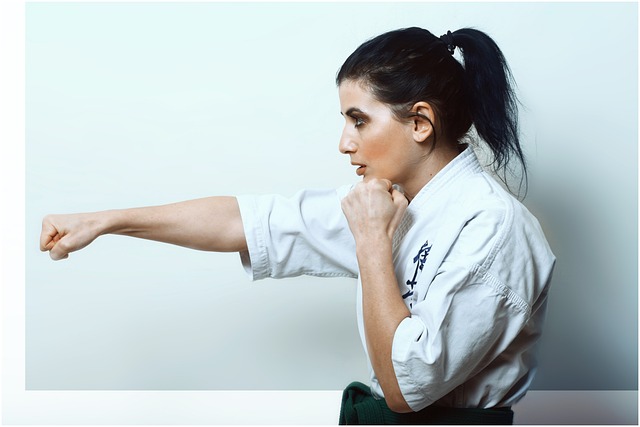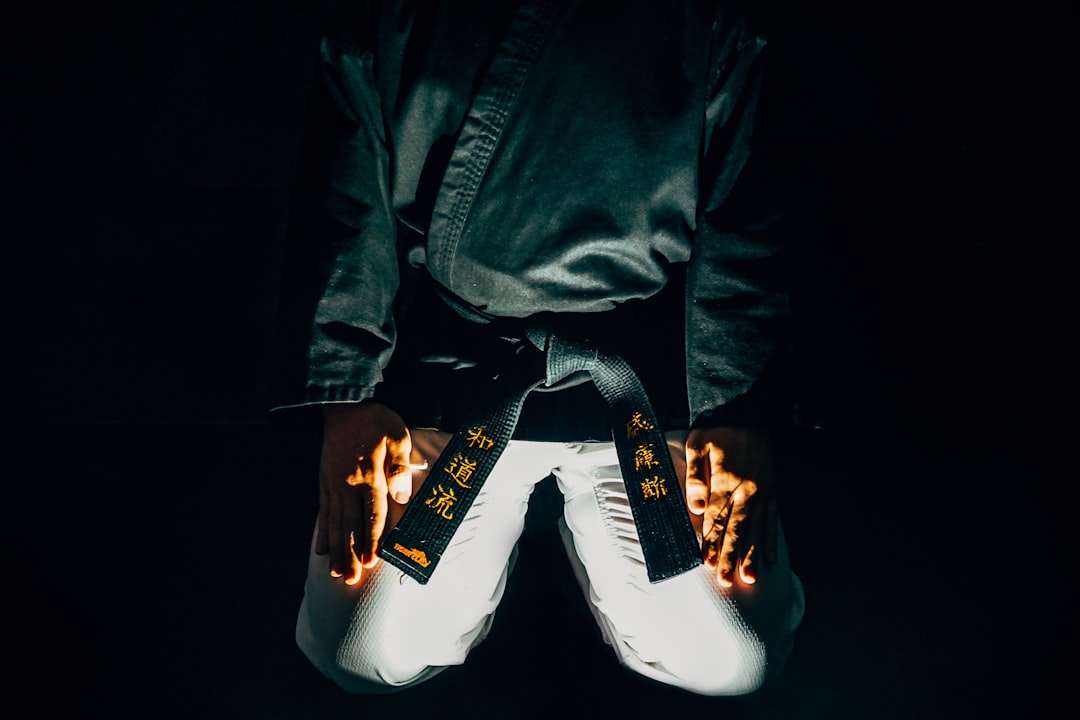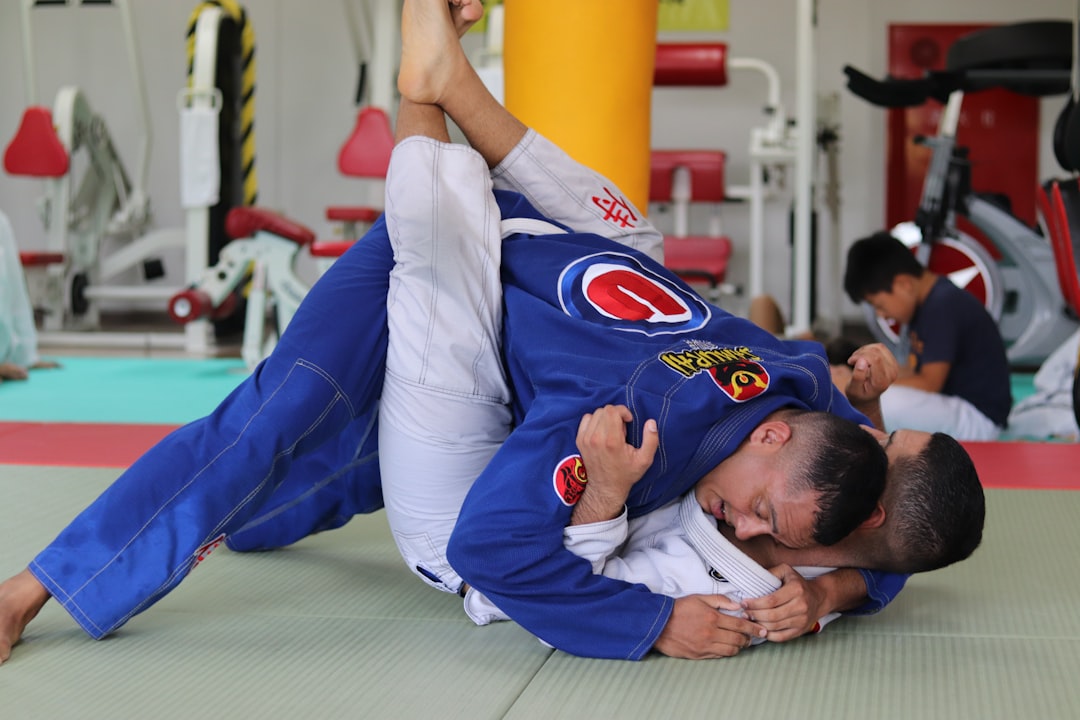Where to Purchase Quality Karate Gi: A Guide to Finding Your Perfect Match

Looking to invest in a quality karate gi for your martial arts practice or competition? Understanding where and how to purchase the ideal attire can elevate your training experience. This…








